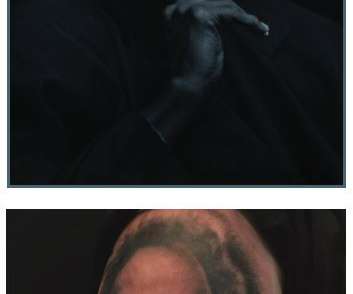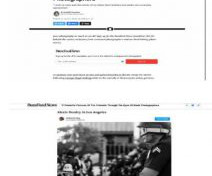Can Tattoos Infringe Copyrights, and If So, What Happens Then?–Sedlik v. Kat Von D
Technology & Marketing Law Blog
JUNE 2, 2022
She tattooed the Sedlik photo onto Farmer and promoted the tattoo on social media. Nature of Use. It wasn’t possible to use only a portion of the photo to depict melancholy, so I guess the court is saying Kat Von D should have picked a different image altogether? This factor weighs against fair use.












Let's personalize your content